Akasaka and Four More Luxury Areas to Check Out!
Thuy Fang
Posted on May 17, 2024
Share:
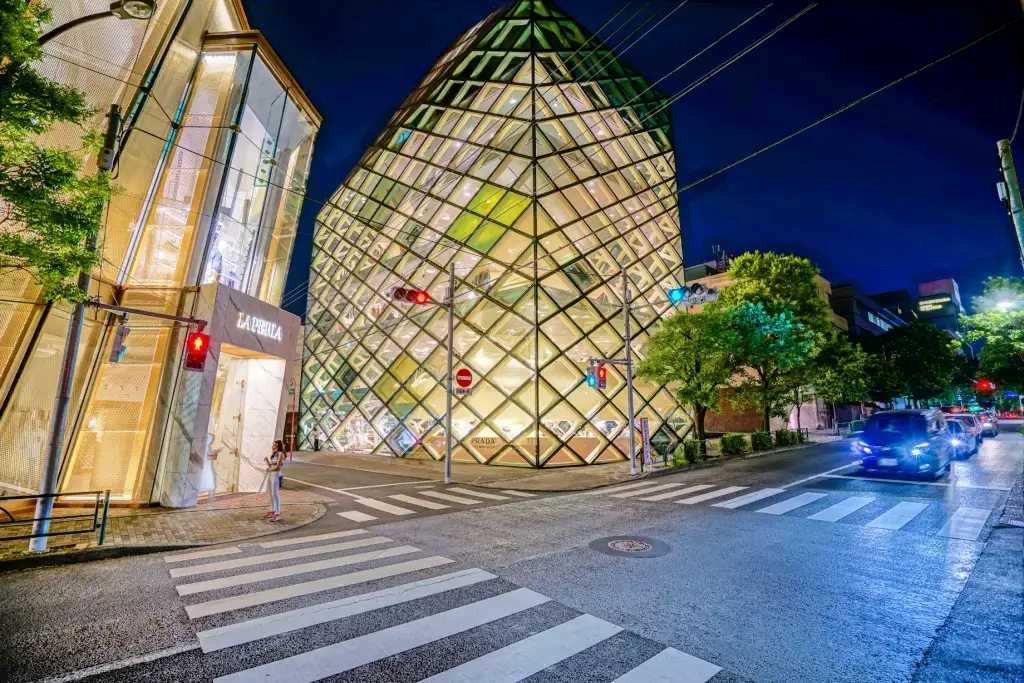
Tokyo must be a wonderland of many world-renowned and unique attractions, always sparking visitors’ curiosity from near and far. Among them, high-end neighborhoods like Akasaka and Nakameguro are no exception. Many people may wonder how the affluent areas in Japan look and what hidden gems they may hold. So, let’s explore the five must-visit destinations below!
Azabu-Juban
Azabu-Juban, snugly positioned between the towering Roppongi and the iconic Tokyo Tower, is like a hidden gem with a downtown twist. Even though it sits right in the heart of Tokyo, it’s surprisingly quiet and peaceful. Additionally, you’ll see embassies here and there, making it a popular spot for many diplomats and people with a global mindset. Azabu-Juban has been around for a long time, since the Edo period!
Strolling in the Azabu-Juban Shopping District is like stepping back into the Edo period, with more than 300 shops offering everything from traditional snacks to fashion to explore! It’s generally a blend of the past with the present, as you can walk on cobblestone paths and see some ancient boutiques standing tall beside trendy new ones. As a result, it helps create a unique atmosphere that’s hard to find anywhere else.
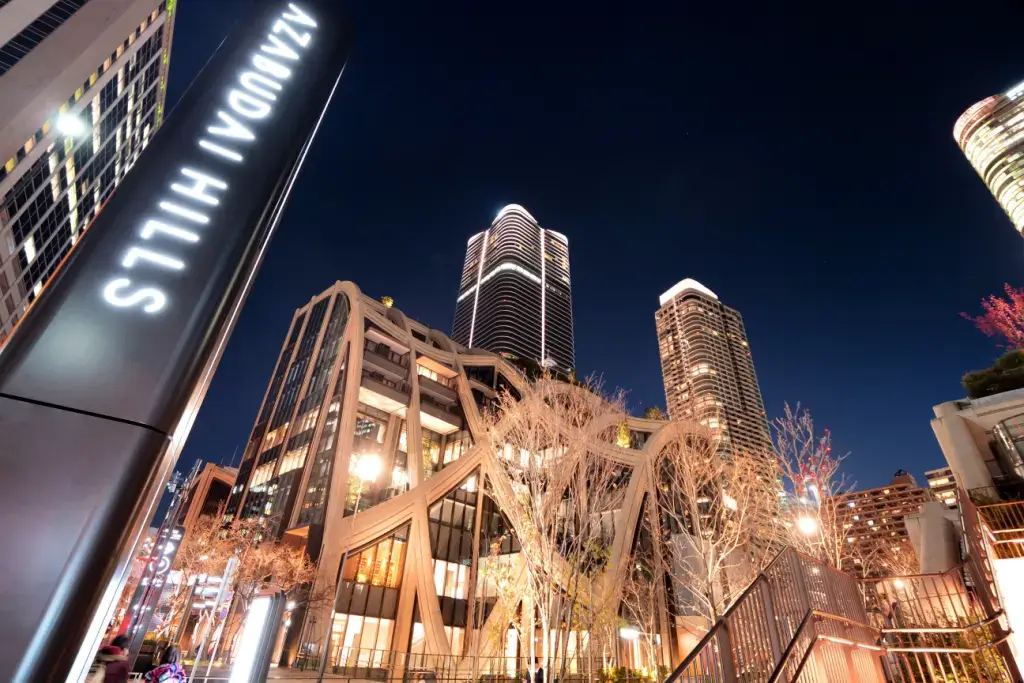
But perhaps one of the most intriguing things about Azabu-Juban is its connection to Zenpuku-ji Temple. This ancient temple, founded over a thousand years ago, is a testament to the area’s rich history. It’s said that a famous monk planted the temple’s 700-year-old Ginko tree, which remains a cherished symbol of its legacy. In summer, Azabu-Juban becomes more lively with the Noryo Festival, where the streets become a carnival of flavors and fun. It’s a huge neighborhood party where everyone comes together to eat and play!
Akasaka
Akasaka is a vibrant blend of tradition and modernity. Nestled between Aoyama and Roppongi and once neighboring Edo Castle, this district has a rich history dating back to the time of the samurai lords. It was home to many powerful families close to the Tokugawa shōgun, making it a hub of influence and prestige. Today, it’s a bustling commercial and residential area near Japan’s parliament building.
In addition, Akasaka is like a fancy hotspot for wealthy and famous people, offering many luxury hotels, fancy shops, and upscale restaurants. You can discover restaurants in Akasaka, from expensive places serving classy Japanese food to cool wine bars and ramen spots hidden in its small streets.
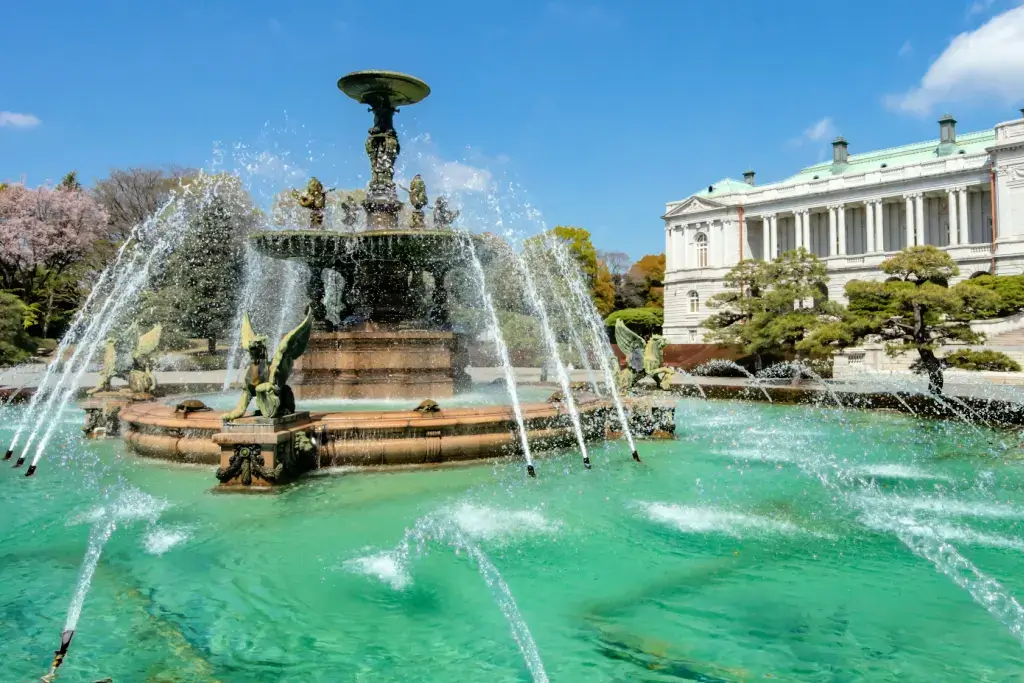
One of Akasaka’s standout attractions is the Akasaka Palace, a stunning building where important visitors stay. It’s also designed in a fancy style called neo-baroque. And its relaxing gardens are open to everyone. Next to it is the State Guest House Akasaka Palace. You can take tours there to learn about Japan’s imperial history. Also, if you like modern art, check out Tokyo Midtown. It’s a big area with galleries and museums showing Japan’s fantastic artwork.
Furthermore, Akasaka has several beautiful shrines unique to the local community. One of the most notable is Hie-jinja Shrine, a well-known venue for traditional Japanese weddings. Visiting this shrine, you can walk up a staircase with red torii gates.
Are you looking for some artisanal, gourmet snacks from across Japan? Check out Sakuraco! Sakuraco delivers traditional Japanese snacks, teas, and sweets from local Japanese makers directly to your door.
Jiyugaoka
Jiyugaoka is a delightful neighborhood nestled in southern Meguro, Tokyo. This charming area, also known as “Liberty Hill”, is lively with homes, stores, and eateries. The streets here have a mix of European and Japanese styles, making it unique.
Jiyugaoka started growing in the late 1920s when rail services were introduced. Despite experiencing destruction during World War II, the neighborhood was reconstructed quickly and transformed into the trendy locale it is today.
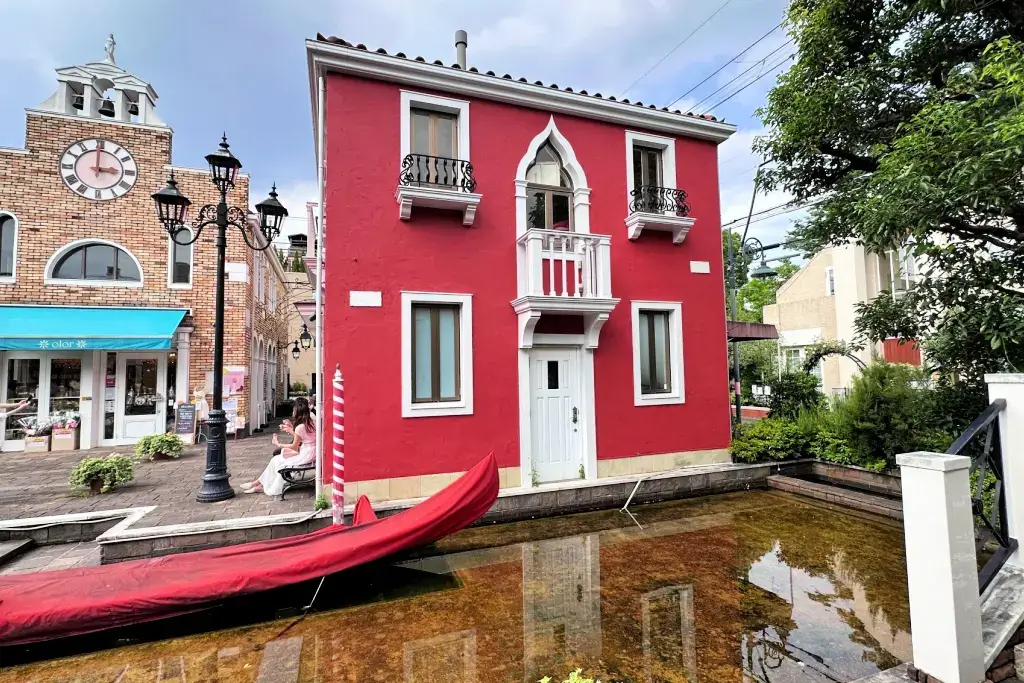
The neighborhood is beloved for its abundance of stylish shops, ranging from high-end fashion boutiques to lovely zakka (sundry shops). But it’s not just about shopping in Jiyugaoka; there’s plenty to see and do. You can take a leisurely walk down Green Street and Marie Claire Street. They’re all filled with pretty sakura trees and stylish cafes, like strolling in Paris!
When you’re in Jiyugaoka, you’ve got to try the sweets! Fancy bakeries and cute cafes are everywhere, perfect for anyone who loves desserts. Make sure you visit the must-see La Vita, a beautiful square with Italian-style buildings and a little canal!
Nakameguro
Nakameguro is a cozy neighborhood with stylish cafes, trendy shops, and a vibrant atmosphere. The location is renowned for its cherry blossoms, which bloom along the Meguro River in late March and early April, turning it into a stunning tunnel of elegant flowers.
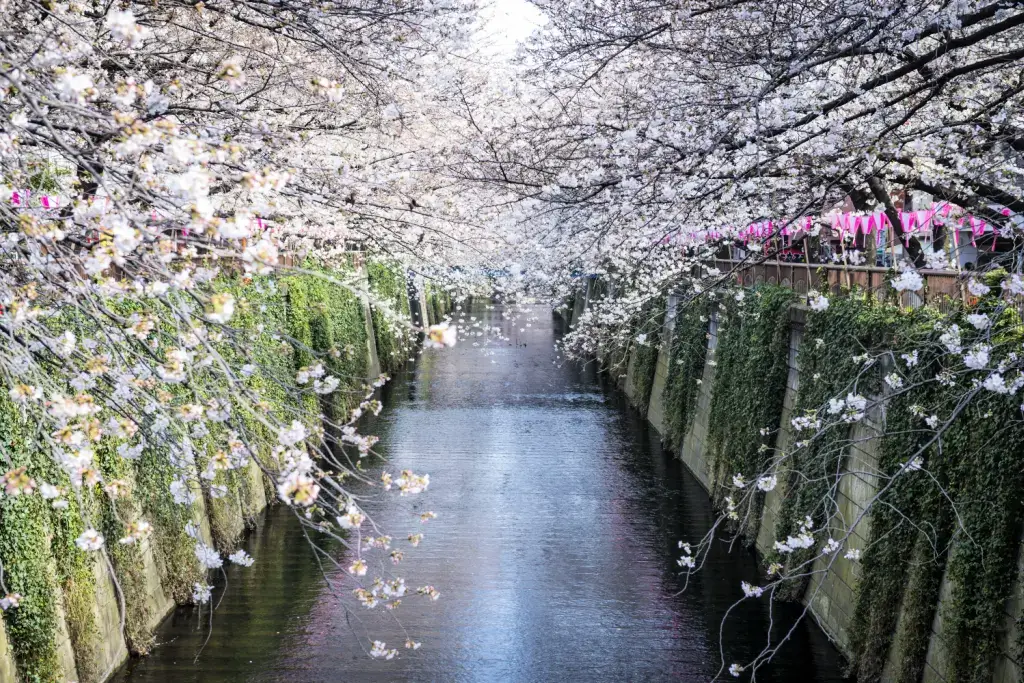
During cherry blossom season, Nakameguro becomes bustling with crowds eager to enjoy the beautiful scenery. You can stroll along the river, stop by small stalls for snacks and drinks, or even take a “Hanami Cruise” for a unique view. The cherry blossoms may not last long, but the following greenery offers a pleasant escape from the summer heat.
Apart from cherry blossoms, Nakameguro has much to offer all year round. You can explore vintage shops, art galleries, and excellent restaurants. One highlight is the Nakameguro Koukashita area under the train tracks, where you’ll find Nakameguro Tsutaya Books, a spacious and integrated cafe with a bookstore. This luxury neighborhood also hosts the Starbucks Reserve Roastery Tokyo, offering a distinctive Starbucks experience with a roasting factory, bakery, cocktail bar, and more.
Hiroo
Hiroo is a busy district in Tokyo where lots of people from other countries live. It has plenty of cafes, shops, and schools that are popular with Westerners. In the past, during the Edo period (1603-1868), Hiroo was a peaceful neighborhood where samurai families lived. When Japan entered a new era of modernization called the Meiji Restoration in 1868, Hiroo transformed into a fancy area for rich folks and diplomats. Over time, it became a hotspot for foreigners, especially after World War II.
Owing to numerous foreign embassies, this neighborhood has an international flair that makes it unique. This distinctive blend of Japanese and global influences infuses the neighborhood with a cosmopolitan charm that sets it apart from its neighbors.
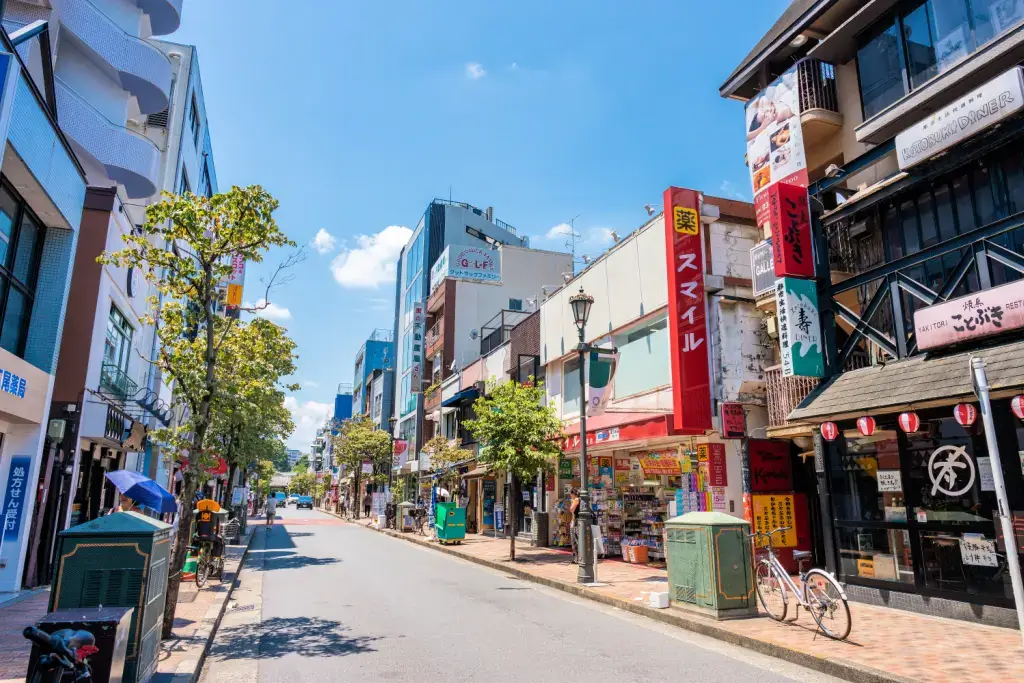
In Hiroo, schools like the University of the Sacred Heart and the International School of the Sacred Heart contribute to the area’s international vibe. Moreover, the University of the Sacred Heart is one of Tokyo’s oldest women’s universities, established in 1916. This makes Hiroo known for being a place where education is essential.
Moreover, for those seeking leisure and recreation, Hiroo doesn’t disappoint. Arisugawanomiya Memorial Park is a tranquil place with lots of trees and quiet spots, perfect for taking a break from the hurly-burly of city life. the National Azabu supermarket accommodates a variety of tastes with its selection of imported goods.
Why should I visit high-end neighborhoods like Akasaka?
High-end neighborhoods like Akasaka generally offer a fascinating blend of tradition and modernity, making them captivating destinations in Tokyo. These spots are also exciting and appealing, with a rich history and a bustling commercial scene today. From luxury hotels and fancy restaurants to beautiful shrines and cultural attractions, there’s something for everyone to explore and enjoy! Which area would you like to explore first? Kindly share your thoughts in the comments below!

Discover authentic flavors with Sakuraco
Get Sakuraco 

Discover authentic flavors with Sakuraco
Get Sakuraco 
Related Articles

Tokyo Gardens: Five Beautiful Traditional Japanese Gardens to Visit
Tokyo gardens offer a relaxing escape for visitors looking to get a breath of fresh air. However, Tokyo has more than just the typical gardens we see in the West. Let’s explore five traditional Japanese gardens and what makes them unique!

Japan Cruise Spotlight: The Ultimate Guide to Abashiri Icebreaker!
Japan offers a diverse range of cruise experiences, taking in various stunning landscapes. But, in the chilly grip of winter, some voyages pull in adventurers from around the globe. At the forefront of these wintry trips is the Abashiri Icebreaker Cruise in Hokkaido.
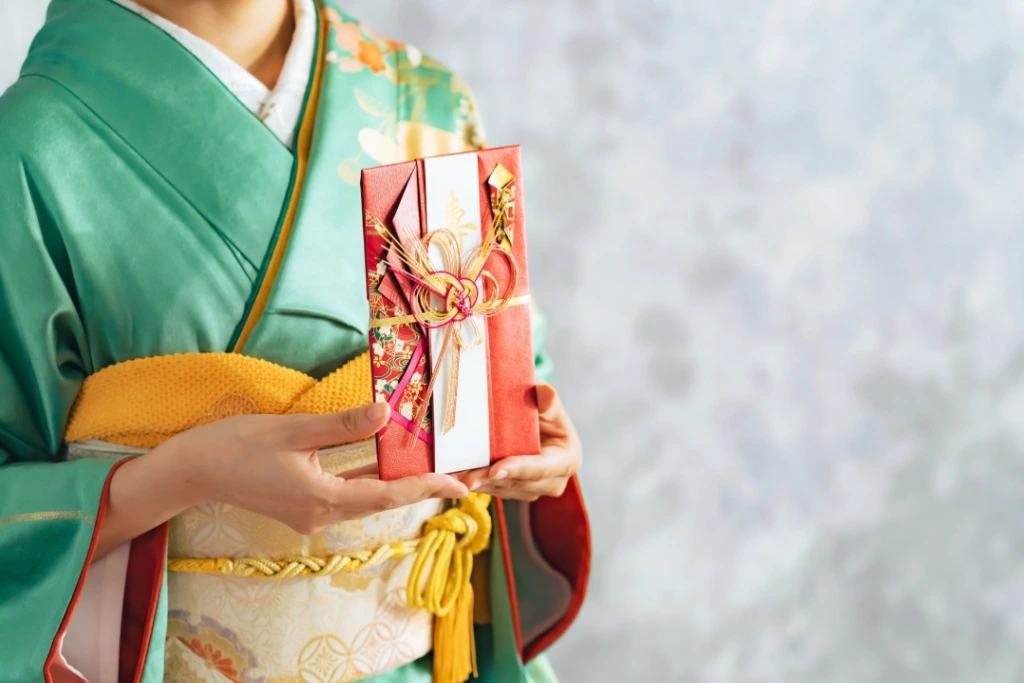
Money Envelopes in Japan: Exploring the World of Shugi Bukuro
Attending a Japanese wedding or celebratory event for the first time can be daunting, especially when it comes to gift-giving. Although it may seem complicated, we’ll break it down so that you have nothing to worry about.

Japanese Head Spa: What’s The Amazing Secret?
In Japan, self-care is deeply ingrained in culture, and among the many treatments gaining attention worldwide, the Japanese head spa stands out. Unlike regular shampoo treatments, head spas combine deep cleansing, gentle massage, and aromatherapy to refresh both the scalp and the mind.



